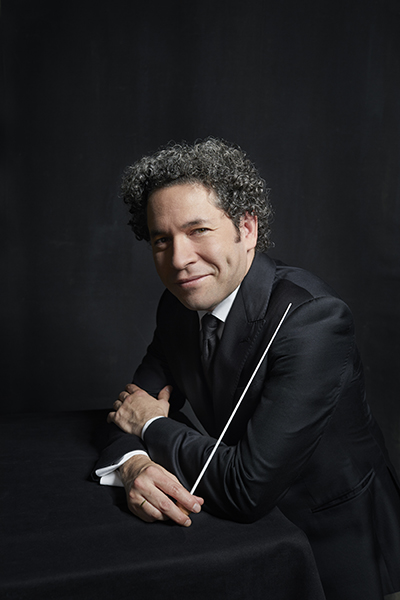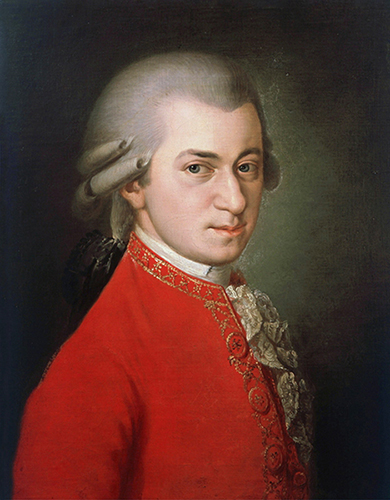Gustavo Dudamel, surely one of the most charismatic conductors of his time, leads the San Francisco Symphony this week in a program of music by Mozart and Mahler. The featured works are Mozart’s Symphony No 38 in D major, known as the Prague Symphony, and Mahler’s Symphony No 5.
Music and Artistic Director of the Los Angeles Philharmonic since the 2009-10 season, and now also Music Director of the Paris Opéra, Gustavo Dudamel is a product of the Venezuela El Sistema musical training program. In 2012 he created the Dudamel Foundation, which aims to provide access to music and the arts for young people.
Both a symphonic and operatic conductor, Maestro Dudamel has led more than 30 staged, semi-staged, and concertante productions across the major stages of the world. These include staged productions with Milan’s Teatro alla Scala, productions at the Berlin and Vienna State operas, the Metropolitan Opera and in Los Angeles, with a repertoire which ranges from Mozart’s Così fan tutte to Bizet’s Carmen, Verdi’s Otello and Wagner’s Tannhäuser. He is equally at home with contemporary music such as Bernstein’s West Side Story, and operas by composers like John Adams and Oliver Knussen. He has recently completed a two-week residency at the New York Philharmonic, celebrating the symphonies of Robert Schumann.
When Mozart arrived in Prague in January 1787, the city was buzzing with enthusiasm for his latest opera Le nozze di Figaro which had met with astounding success. The purpose of his visit was to finish rehearsals of Don Giovanni, the premiere of which was eagerly anticipated by the citizens of Prague, who by then regarded Mozart as their favorite composer. As a gesture of thanks for the adulation of the citizens of Prague, Mozart had a newly completed symphony to present to the city, his Symphony No 38 which, unsurprisingly, took the nickname of the Prague Symphony. It premiered there, at a hugely successful performance, on January 19th, 1787.
Gustav Mahler wrote his Symphony No 5 during the summers of 1901 and 1902, while holidaying in his cottage at Maiernigg on the shores of the Werther Lake in south-eastern Austria. This was a turbulent time for the composer who was experiencing health problems as well as disagreements with the Vienna Philharmonic where he was resident conductor. The Symphony – which turned out to be one of his most beloved works – reflects bursts of energy, the peace of the countryside, has a gorgeous slow movement (which Michael Tilson Thomas describes as “…. probably the closest he ever got to an undisguised outpouring of love and happiness”), and ends in jubilation and triumph. Mahler himself said of the work: “There is nothing romantic or mystical about it; it is simply an expression of incredible energy. It is a human being in the full light of day, in the prime of his life”. It premiered on October 18, 1904, with the composer conducting the Gürzenich Orchestra in Cologne, having conducted a read‑through with the Vienna Philharmonic earlier that year.
Gustavo Dudamel leads the San Francisco Symphony in a program of works by Mozart and Mahler at Davies Symphony Hall from April 21st to 24th. Further information and booking details can be found on the San Francisco Symphony website.
Michael Tilson Thomas featured the Origins and Legacy of Gustav Mahler in his Keeping Score series for PBS, and further details can be found on this page of the San Francisco Symphony website.
Information sourced from:
San Francisco Symphony program notes



